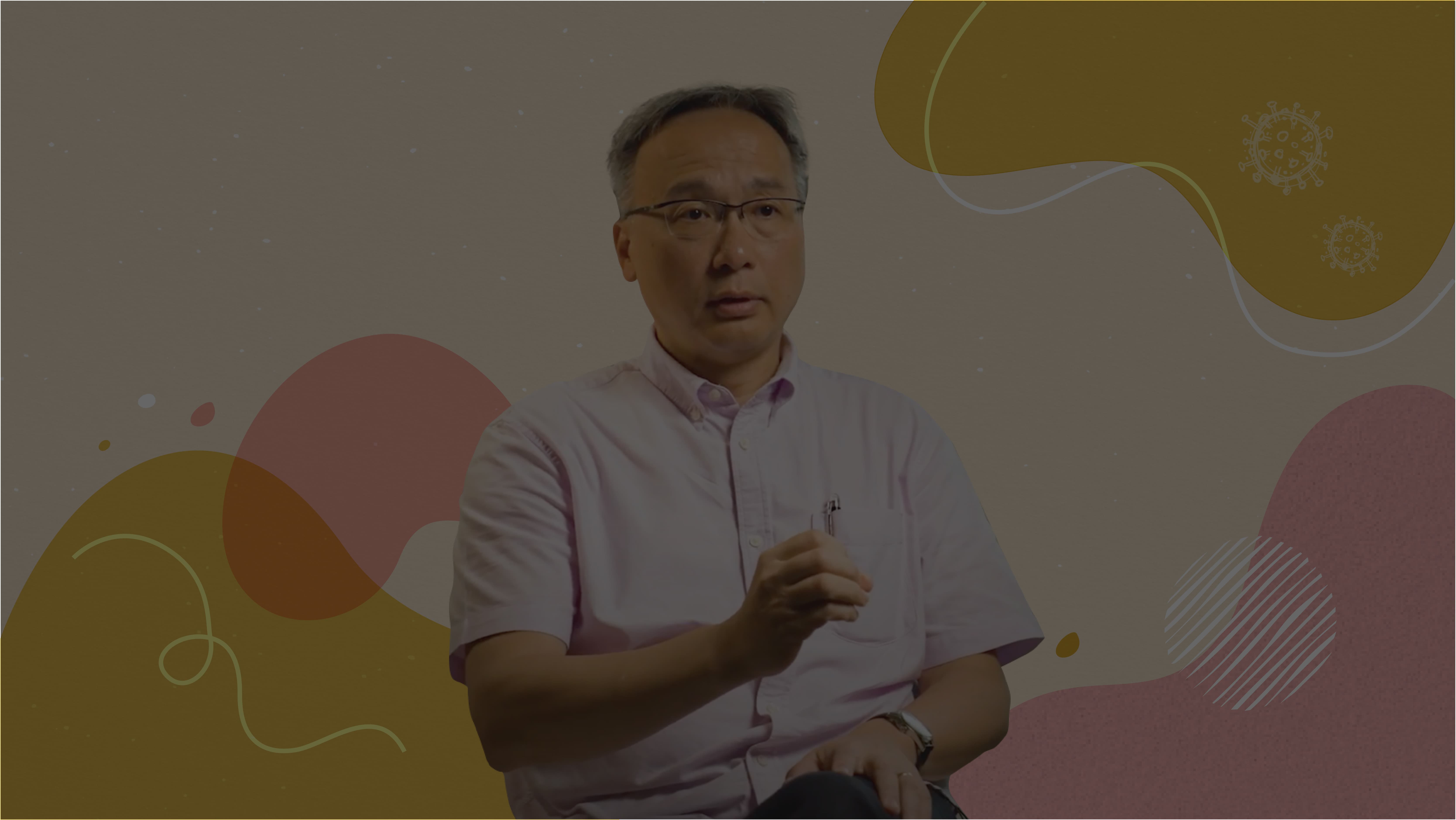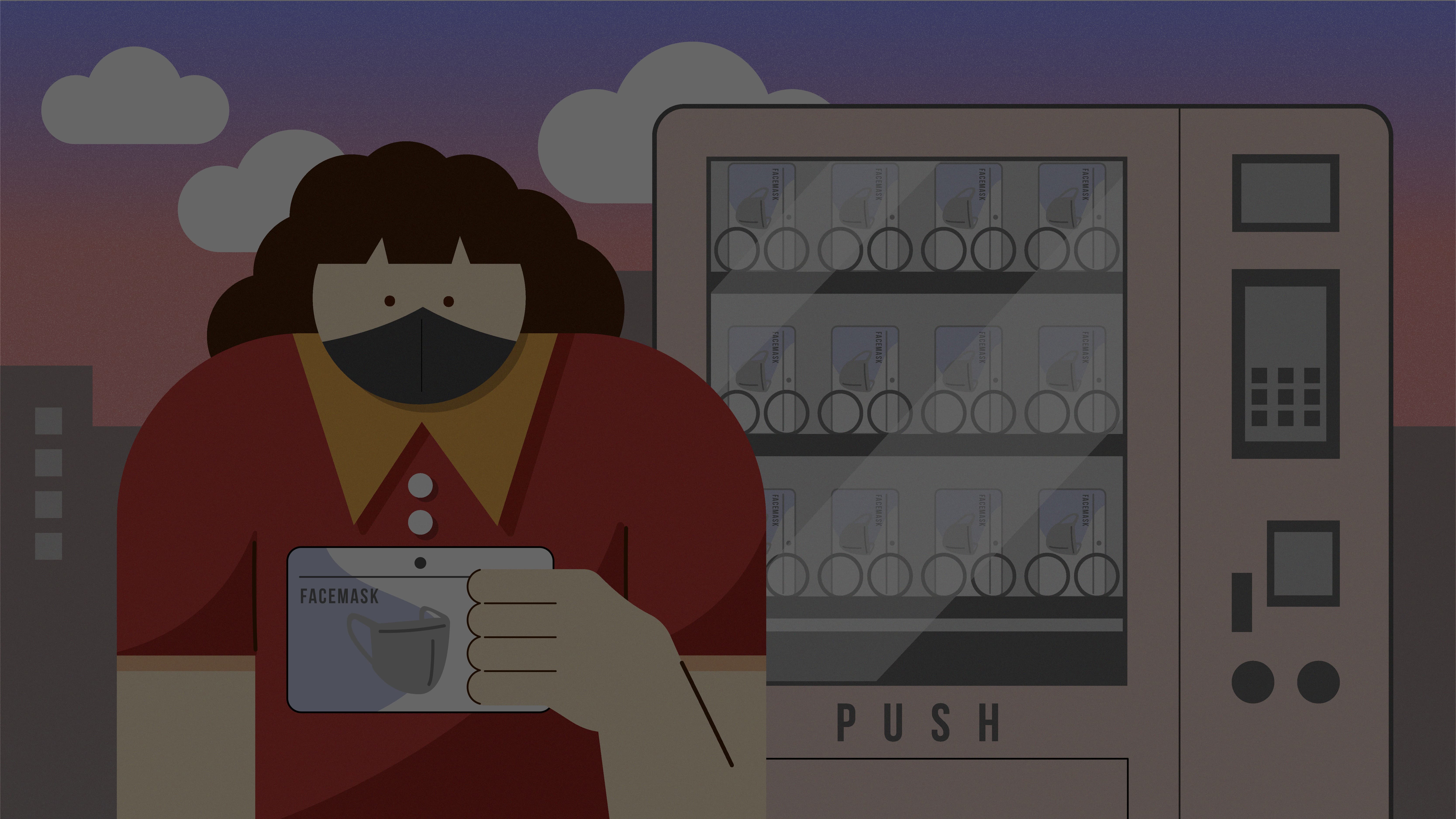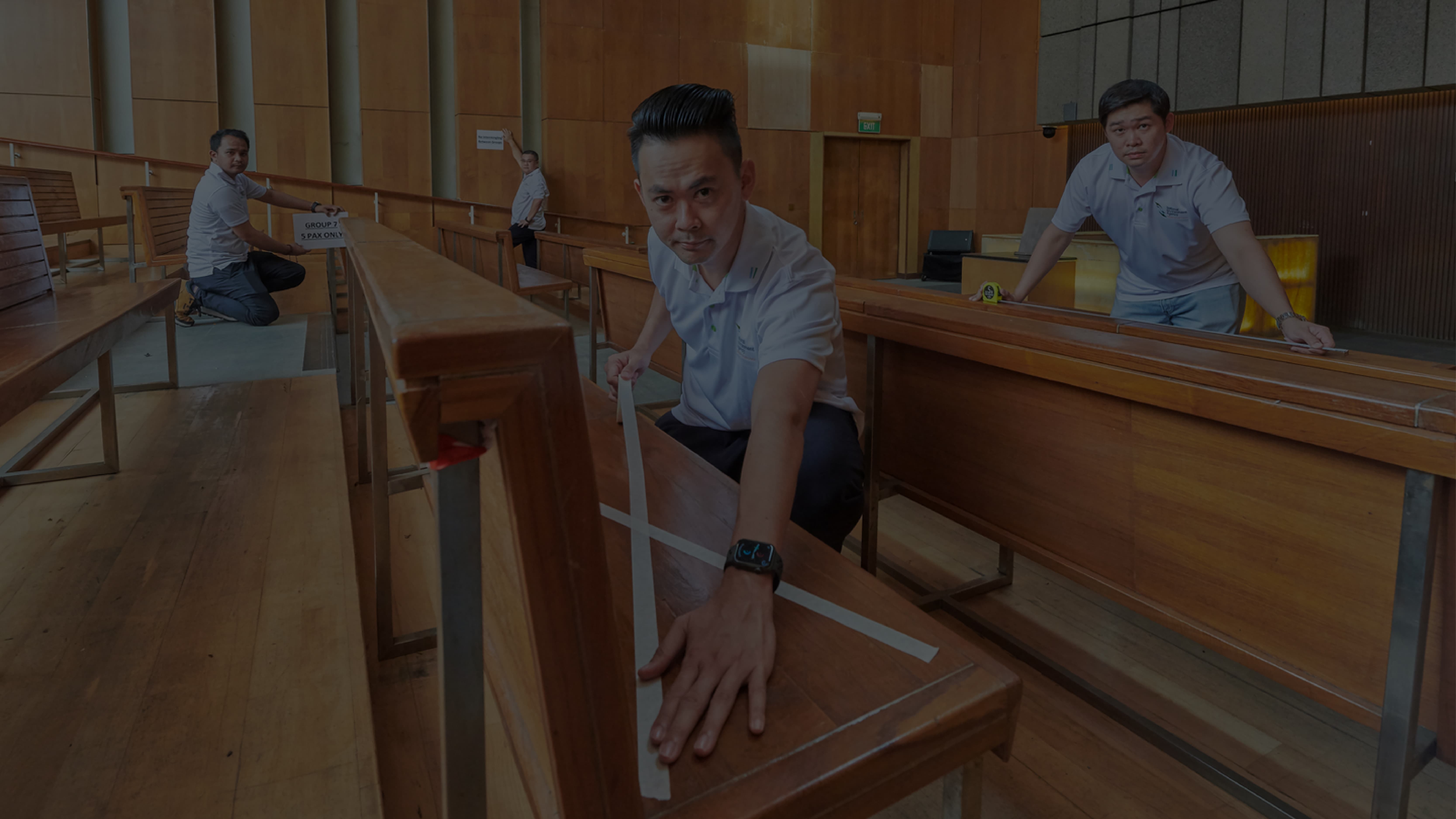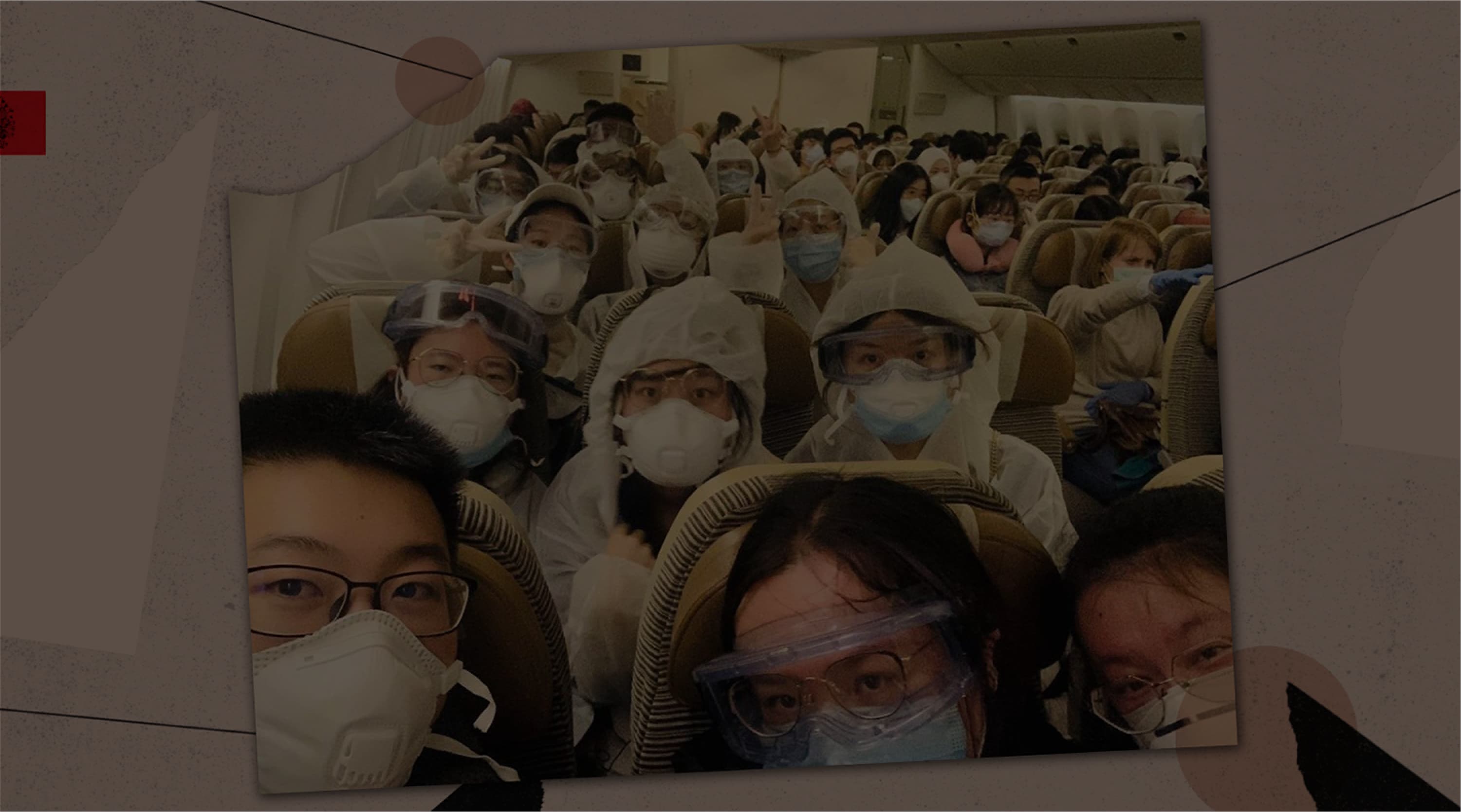Managing COVID-19 Autopsies Safely And Swiftly
COVID-19 autopsies require special attention and safe management. At the Health Sciences Authority (HSA) Mortuary, special measures were taken to safeguard all staff involved while also ensuring that the utmost care was undertaken to respect the deceased and bereaved.
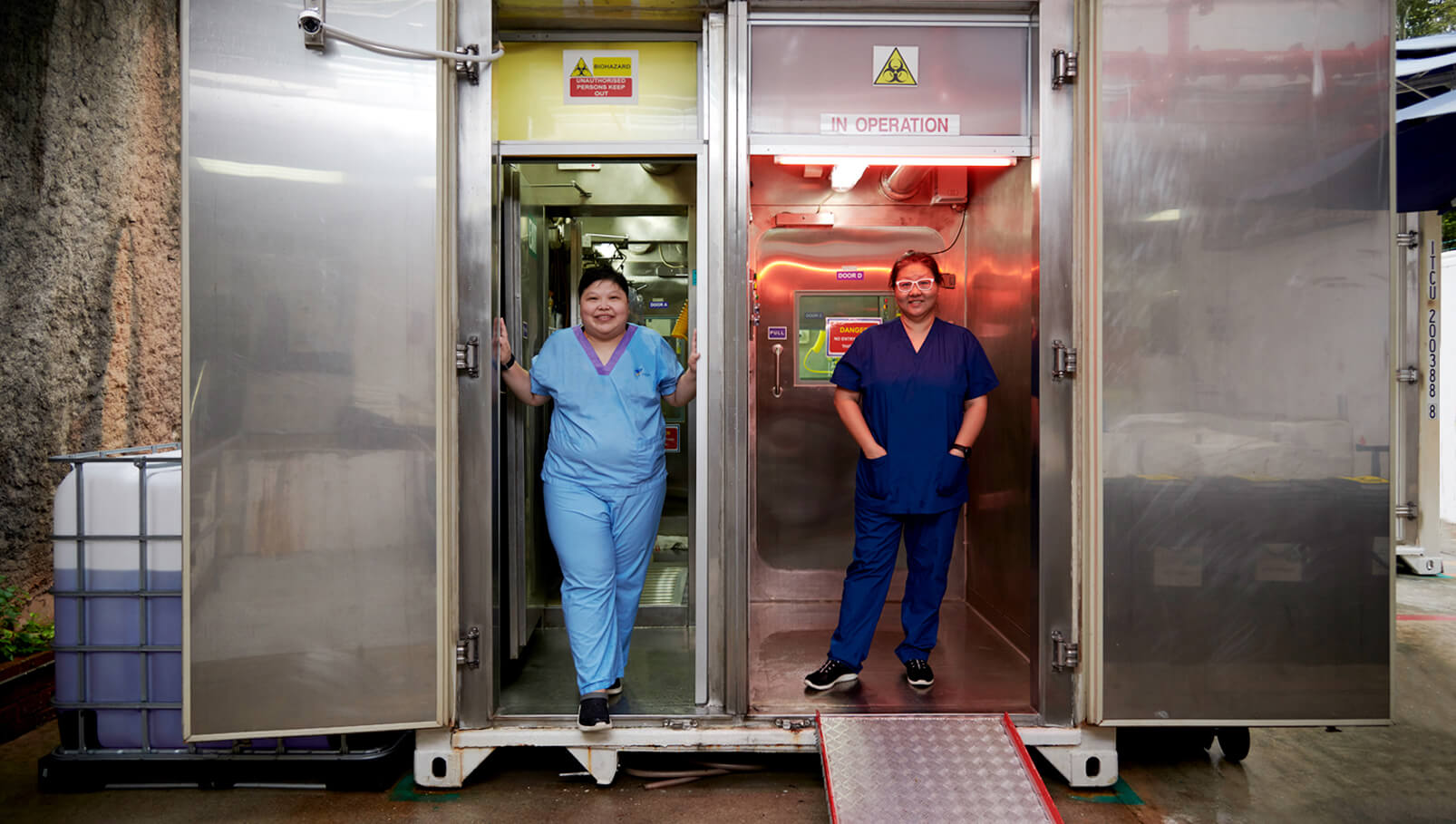
Deputy Branch Director (Operations), Ms Shirley Phua, and Forensic Technical Office Manager, Ms Samm Cheong, of the Forensic Medicine Division (which manages the Mortuary) share how the new protocols and measures were implemented to keep everyone protected. These responses have been edited for length and clarity.
Protecting Those at the Frontline
When COVID-19 hit our shores, many new protocols were implemented. What was the initial situation like in the division?
Samm: There was a lot of uncertainty as little was known about the virus and its risks. We had to review our processes daily based on the influx of information and instructions to ensure adequate safeguards to protect our staff.
Shirley: The norms during peacetime don’t apply during a pandemic. There was little time to think and no adjustment period as we shifted to a different working mode almost immediately. The first thing we did was to conduct refresher trainings on the use of N95 respirators and powered air-purifying respirators; and conduct urgent trainings for the new personal protective equipment (PPE). It is important that they know how to don the PPE and remove it properly as they are our staff’s last line of defence.
Even our external maintenance contractors had to be trained to protect themselves in our facility. We also drew up process flow charts and quick guides to help our staff familiarise themselves with the new processes and respond effectively when a positive case arrives.
A Mobile Suite Built for Extra Safety
The BSL-4 mobile autopsy suite is designed to deal with the highest level of bio-risk agents. What is it like working in it?
Shirley: The Mobile Containerised BSL-4 Autopsy Suite is one of its kind and the only one in the world! Unlike routine cases, these autopsies are done in a confined space and the operators must don positive pressure BSL-4 suits. The entry/exit procedures of the operators and the handling of the body and materials, such as consumables and specimens, follow extremely strict protocols.
Thankfully, we were well-prepared to activate our biosafety protocols and the mobile BSL-4 autopsy facility as we had been preparing for such autopsies after the SARS outbreak. We also held dry runs regularly.
Balancing Necessary Protocols With Compassion for the Bereaved
How does the release of COVID-19 cases’ bodies differ from the usual routine and what are some of the challenges that come with it?
Samm: For the deceased with infectious diseases such as COVID-19, thorough decontamination must be done between cases to prevent cross-contamination. The division also needs to wait for the deceased’s COVID-19 swab test result to determine the appropriate release protocol of the body to the next of kin.
Shirley: Understandably, the grieving next of kin may be unhappy about the delay of the body's release. However, we have to adhere to the protocol for public safety and seek their kind understanding.
The initial global travel bans and suspension of international flights due to COVID-19 also impacted our operational processes when dealing with the bodies of foreigners. To resolve this, we worked closely with the high commissions, embassies, and the Immigration & Checkpoints Authority, as well as the Singapore Police Force, in our communication with the next of kin, to arrange for the earliest flight to repatriate the bodies of foreigners once the travel ban and suspension of international flights were lifted.
Maintaining Morale With Teamwork and Empathy
What pressures did your division face at the height of the pandemic?
Samm: During the Circuit Breaker, we had to work in split teams, which was quite stressful. One team was on active shift on-site, while the other worked remotely from home. Strict protocols were in place to ensure no physical interaction between the two teams. Each team needed to work continuously for two weeks with reduced manpower. If there was a BSL-4 autopsy, the team members working from home would be activated.
Shirley: That period was mentally and physically draining on the staff. The management and team leaders constantly checked on them to ensure their wellbeing. Team cohesiveness and encouragement pushed everyone on.
Another challenge we faced was ensuring that we had sufficient PPE and daily consumables to sustain our critical operations, given the high global demand and supply shortage issues. We started checking our stock inventory even before DORSCON Orange. Procurement was difficult at first, but with our management and procurement colleagues’ full support, we tided over the challenge.
What Strengths Did Your Team Show During This Crisis?
Shirley: Resilience, team cohesiveness and empathy. People are our assets, and during a crisis, we combine all our strengths to fight together.
Samm: Adaptability, resilience and teamwork. Once, we were called back after office hours to conduct an urgent autopsy which lasted until midnight. When we emerged from the autopsy suite, we were greeted by supper and coffee bought by our colleagues. The table was filled with food. I was really touched by their gesture.
- POSTED ON
Jul 6, 2022
- TEXT BY
Jinny Koh
- PHOTOS BY
Teck Lim




